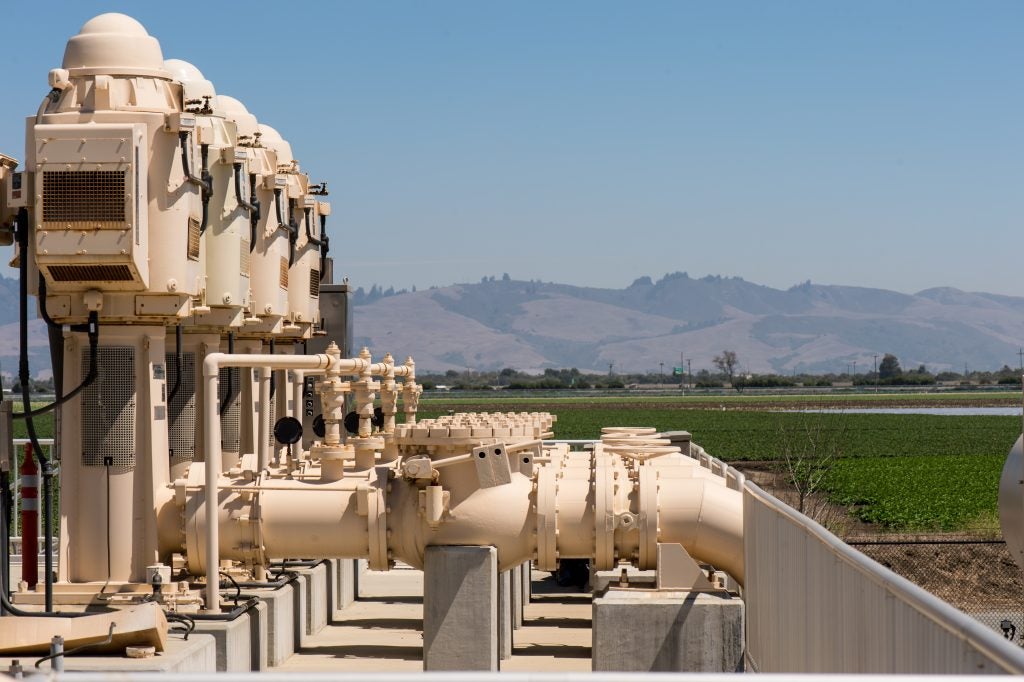The world is a different place now than it was when I grew up in Houston in the 1980s. I have vivid memories of steamy summer thunderstorms consistently interrupting my afternoons at the neighborhood pool. My sister and I would head home and swap our swimsuits for raincoats, then stomp around muddy ditches and dig up crawdads while thick warm raindrops drenched our faces.
My sons will have very different memories growing up in Texas. Their memories will be marked by extremes — football games either played in dust bowls or canceled because the field had become a lake.
As my children grow up in this era defined by persistent drought, periodic floods, and now the COVID-19 pandemic, I’m concerned about their future as nature will continue to test the state’s best-laid plans.










